Grant Morrison has established himself as one of comics’ all-time great imagineers. Few writers have done so much to bring counterculture to the mainstream through creator-owned comics and his extensive work for publishers like DC and Marvel. He’s dragged some of the most prominent characters through iconically non-linear journeys and shaped how we perceive the biggest names in the genre.
The word is that Morrison hung up his cape after a Green Lantern run and an all-too-short pairing of Superman and the Authority. As he concentrates on other non-superpowered creations and a growing TV career, including scripting Happy! And Brave New World, he leaves a phenomenal legacy in comics.
Morrison has always combined a comprehensive knowledge of comic history with a unique interpretation. He’s redefined, revitalized, and reintroduced known characters and rebuilt teams as huge as Justice League and X-Men for a new age. Series like Seven Soldiers have worked as phenomenal multi-part events in their own right but also acted as a way to reconstruct characters for modern comic runs.
He pioneered the DC multiverse, triggered the Final Crisis, killed Batman, and revamped Marvel’s mutants. But that’s not all. Along with key creative partners, a host of his original characters have quickly found their place in comics history and broken beyond the page. Here are some of the most startling characters from the mind of Grant Morrison.
Damian Wayne
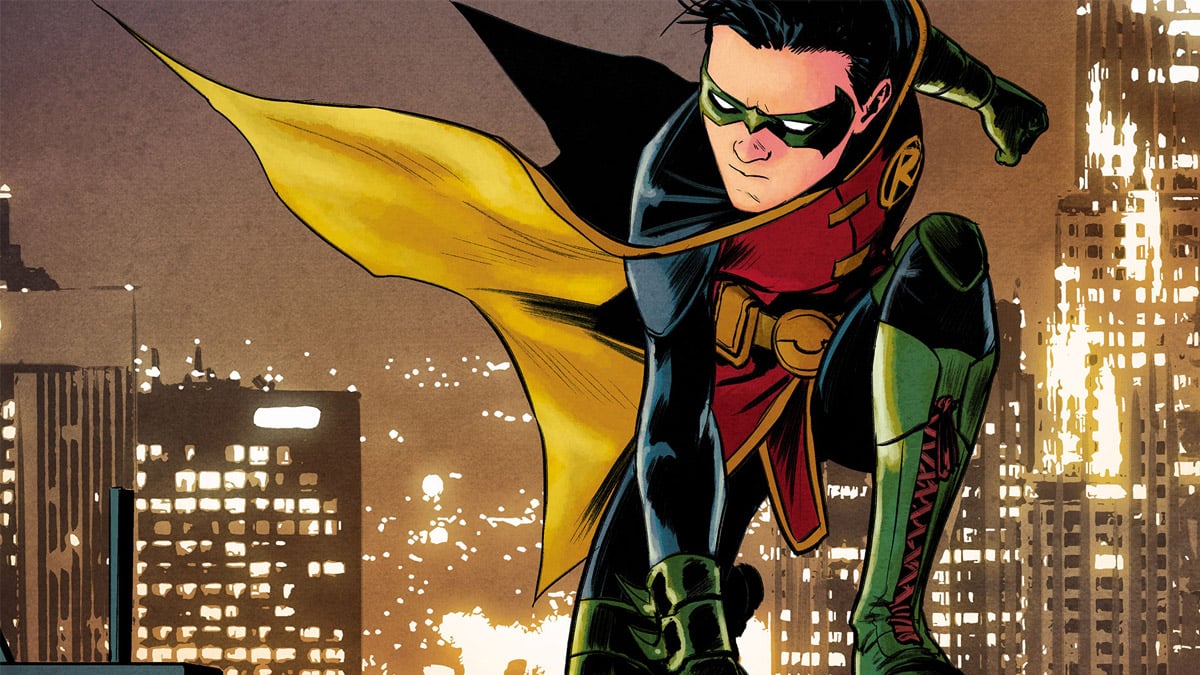
Morrison’s defining run on Batman between 2006 and 2013 set out its agenda from its opening storyline. Morrison weaved an intricate arc that drew every incarnation of the Dark Knight into a defining character that could endure, and it all started with Ninja Man-Bats and a surprise son. 1987’s Batman: Son of the Demon, which saw Bruce Wayne and Talia Al Ghul produce a son, was made canon with the arrival of the young and feisty Damian.
Wayne Jr. proved an unexpectedly popular character, which is impressive considering the Robins’ history. Even better, considering he’s heir to the world’s greatest crimefighter and villain, his deadpan competitiveness and rivalry shone through, particularly in banter with his peers.
Xorn
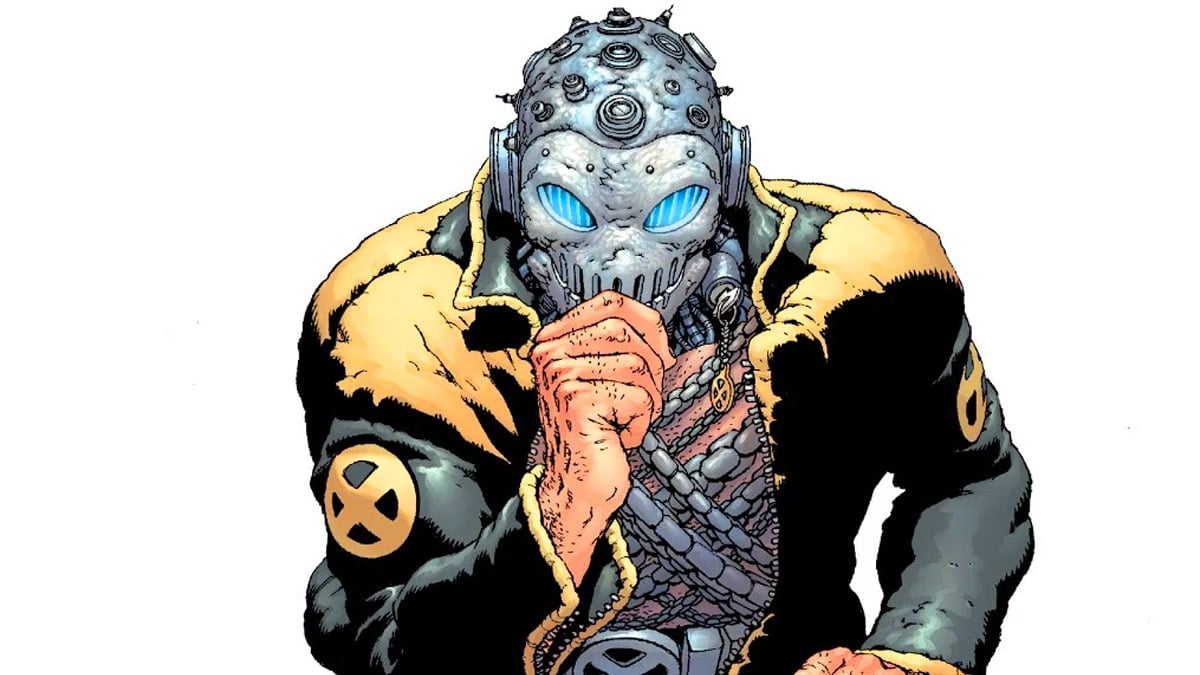
Morrison’s divisive reboot of the X-Men introduced some vivid characters, and at the heart of a long-running mystery was new addition Xorn. he was a fascinating creation with a star for a brain that gave the Chinese superhero power over gravity and electromagnetism. The downside was that it made him a walking weapon of mass destruction.
A chilling skull mask constrained his head-bound power source. He was recruited after he was discovered contemplating suicide, an act that would cause mass devastation. Xorn’s true identity was finally revealed at the end of New X-Men, although that was retconned after the run because Xorn was too good to lose from Marvel’s continuity.
Crazy Jane
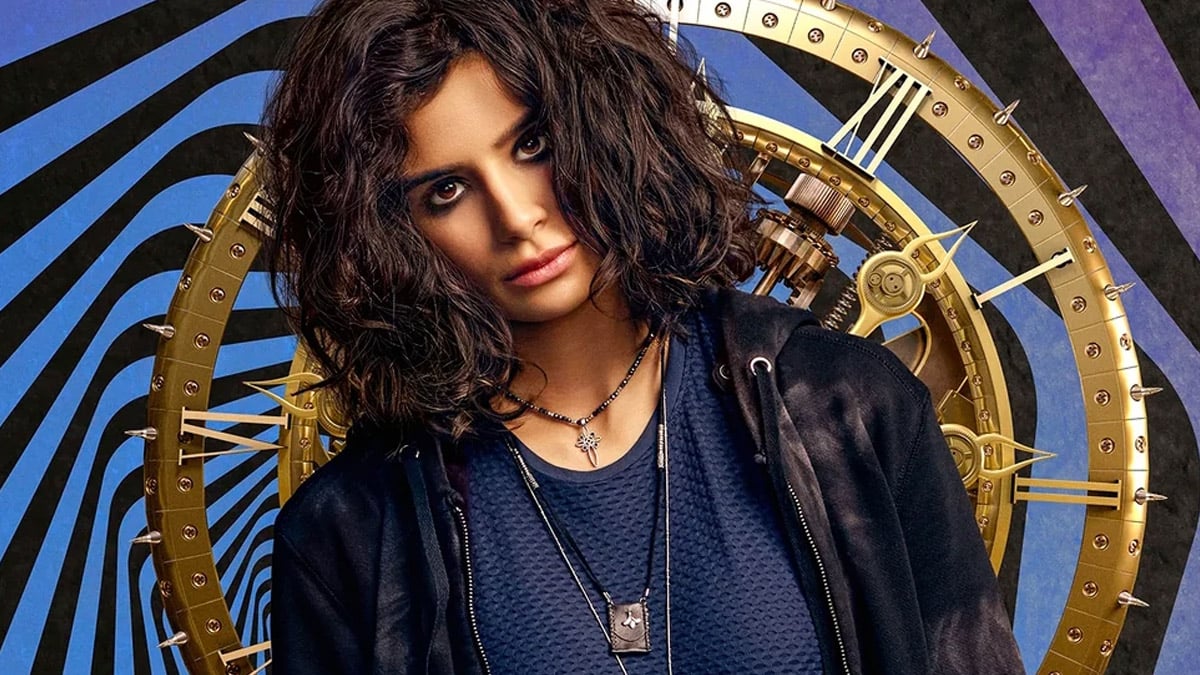
One of comics’ oldest superteams, Doom Patrol was the surreal and innately creative concept that was ready-made for Morrison. He duly brought in some compelling new blood, including a brilliant character inspired by the autobiography of dissociative identity disorder sufferer Truddi Chase.
Crazy Jane embodies 64 distinct personalities, or alters, thanks to exposure to a gene bomb. Each alter can take dominant control of her body, displaying different abilities, and even physically changing Jane’s appearance. They include the telekinetic Baby Doll, the violent Black Annis, the chainsaw-wielding Nun, and the psychosexual nymphomaniac Scarlet Harlot. She was a character the HBO MAX adaptation couldn’t ignore.
Zauriel
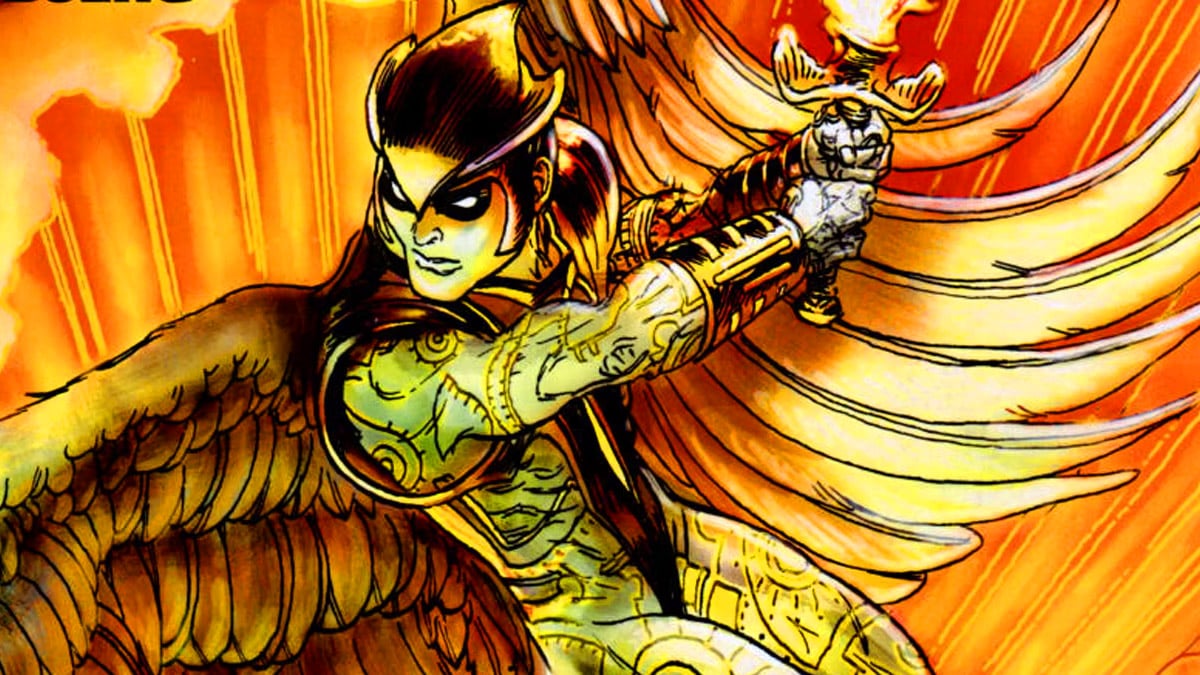
Morrison drew on Abrahamic religion when he created the angel Zauriel and recruited him to the JLA. With Hawkman off limits to creators thanks to the hero’s convoluted continuity, Morrison improvised with this winged immortal, enhancing DC’s already impressive mythological and religious universe. Zauriel brought a fascinating quality to Morrison’s successful re-establishment of the Justice League as a premier superteam. The power of flight was given and as an original Eagle Host guardian angel, he also wielded a flaming sword with skill and packed a devastating sonic flash power to go with the eternal weight of celestial angst.
Danny the Street
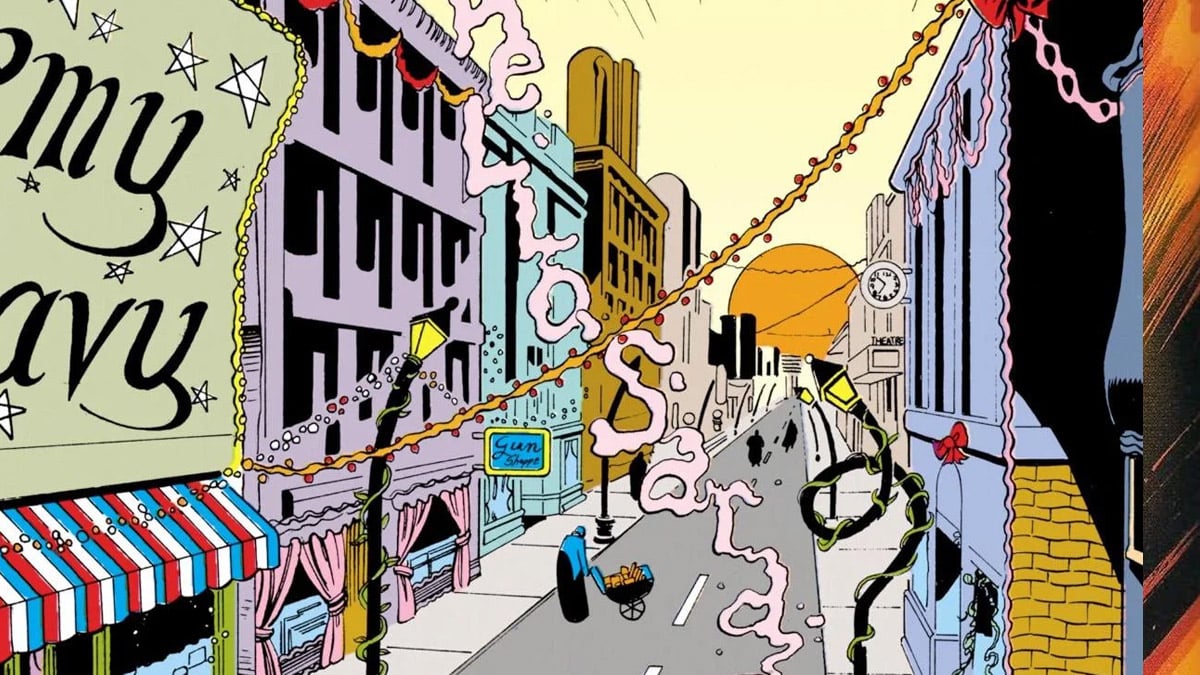
One of Morrison’s most remarkable characters isn’t humanoid. Danny the Street, a sentient piece of urban geography, was a brilliant addition to Doom Patrol in 1990. Danny could place himself in any setting, hiding in plain sight but able to converse with other sentients through street signs.
With a progressive flourish, Morrison made it clear Danny was genderqueer — taking their punning name from drag queen Danny la Rue and often chatting in polari slang. This urban space was essential in Morrison’s edgy deconstruction of heroism and masculinity.
Black Flash
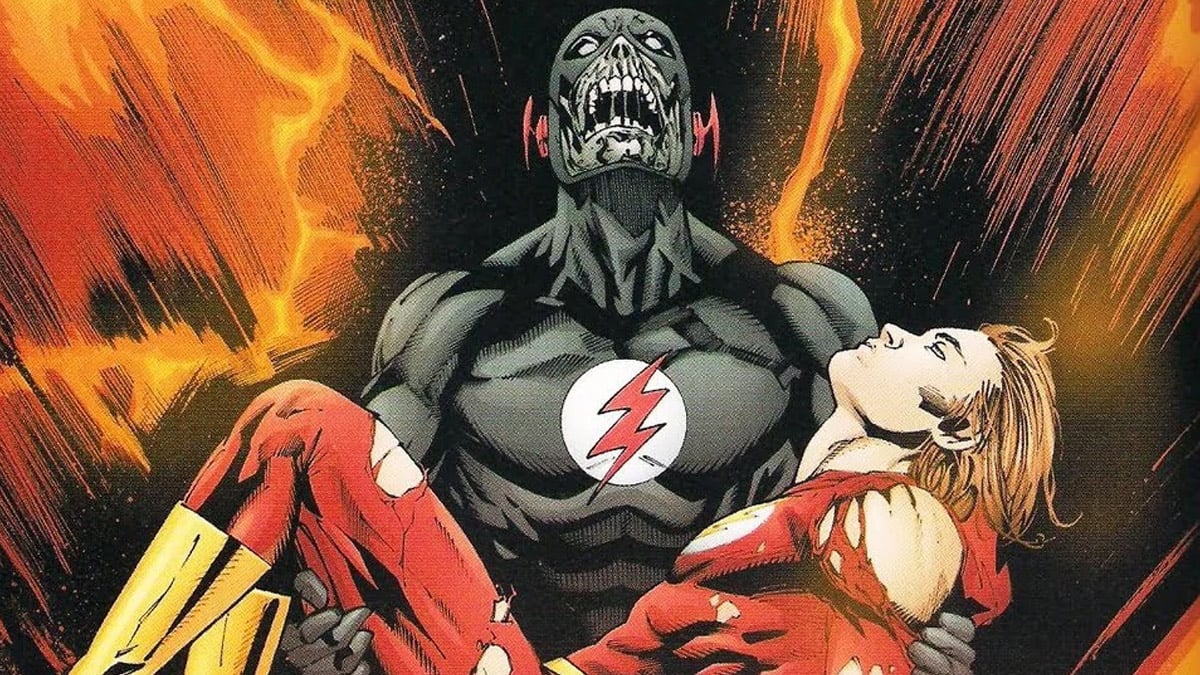
Morrison brought terror to the Flash universe during a brief spell penning the speedster’s adventures with Mark Millar in 1987. Silver Age Flash Barry Allen had iconically sacrificed himself in 1986’s Crisis on Infinite Earths, which asked the question: Who steps in for the grim reaper when death hits superspeed? Black Flash was conjured up by Morrison and the Speed Force and dedicated solely to collecting the souls of the DC universe’s speedsters. He first appeared as an Omen-style black smudge in a photo of Wally West, which was retconned to have haunted other speedsters before their death. He’s become an enduring and terrifying part of Flash lore on page and screen.
Professor Pyg
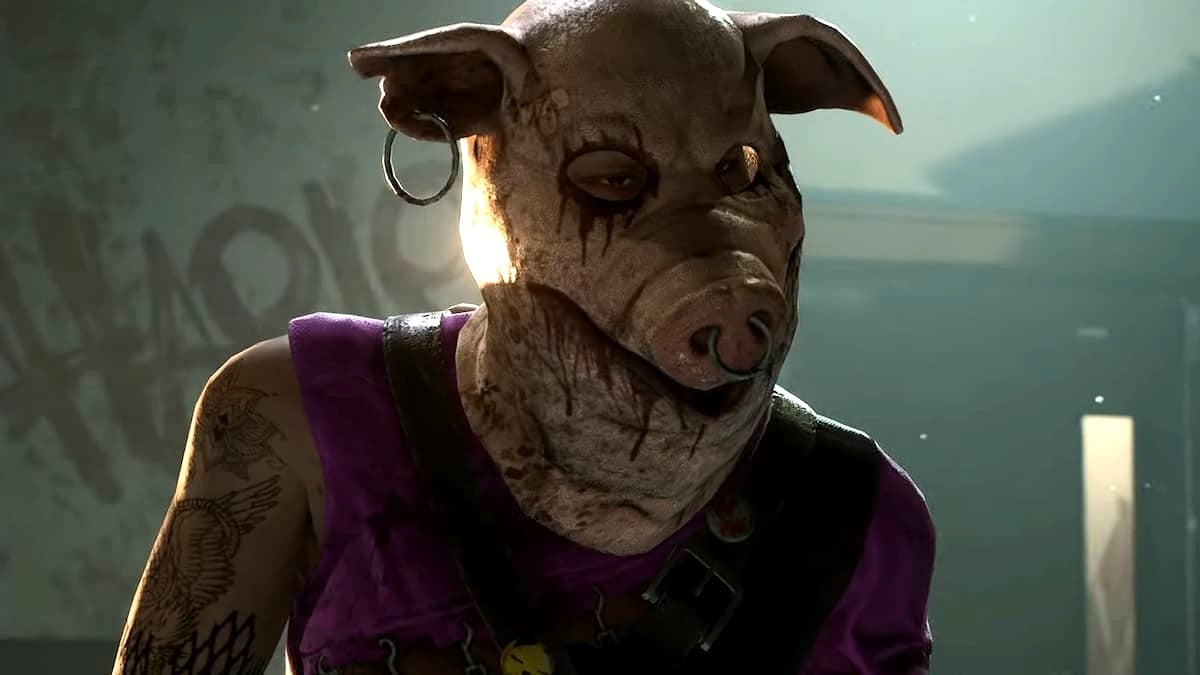
Morrison’s immense knowledge and reading of Batman’s history naturally led to some impressive and lasting additions to Gotham’s rogue gallery. As the writer killed off Bruce Wayne and handed the mantle to former Robin Dick Grayson, he set out to create a character disconnected from reality and succeeded with this pig-masked surgeon and his host of mind-controlled Dollotrons.
The name was another pun. ‘Pyg’ referenced his porcine mask as much as his obsession with the myth of Pygmalion, creation, and perfection. He’s another of Morrison’s characters that nods to a song title — this time Kahimi Karie’s Pygmalism. As dark and deranged as he is, Pyg was soon picked up beyond the comic — to videogames and TV — terrorizing a young dark knight on Beware the Batman and Jim Gordon on Gotham.
Negasonic Teenage Warhead
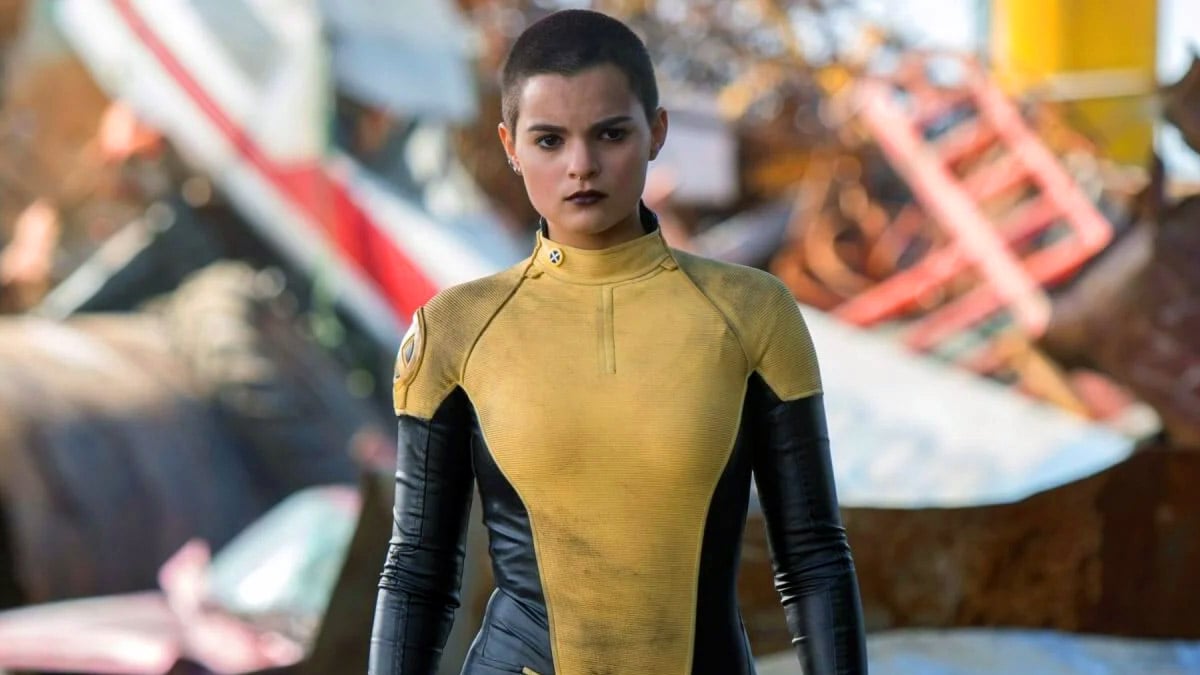
Morrison introduced some interesting telepathic mutants to the X-Men, including the Stepford Cuckoos and this other protegee of Emma Frost, named after the Monster Magnet song. Initially presented with a goth appearance, and doomed to die in the mutant paradise of Genosha, Negasonic Teenage Warhead soon returned, adopting in mainstream comics the look the character wore in Deadpool 2 and revealing her prodigious psychic abilities were thanks to quantum manipulation.
Aztek
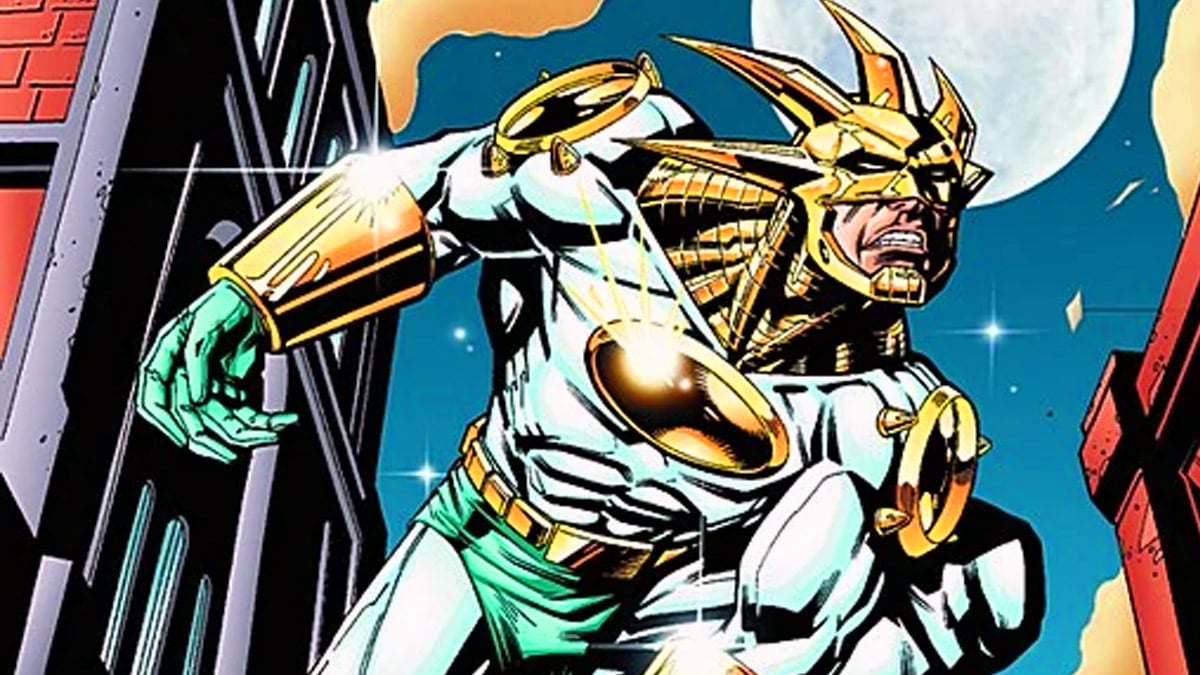
Morrison took on one of the most challenging tasks in comics when he created and launched Aztek: The Ultimate Man. Uno was the hero, raised from childhood by the secret and brilliantly named Q Society. His peak human physical and mental conditioning was enhanced by a helmet and armor that granted him phenomenal powers like X-Ray vision, invisibility, and plasma beams.
This hero needed extra power. As the champion of the Aztec god Quetzalcoatl, his purpose was to battle the enemy deity Tezcatlipoca. Morrison and co-writer Mark Millar succeeded in creating a believable new fictional city in DC continuity, Vanity City, Oregon, although Aztek’s headline comic only lasted ten issues.
Prometheus
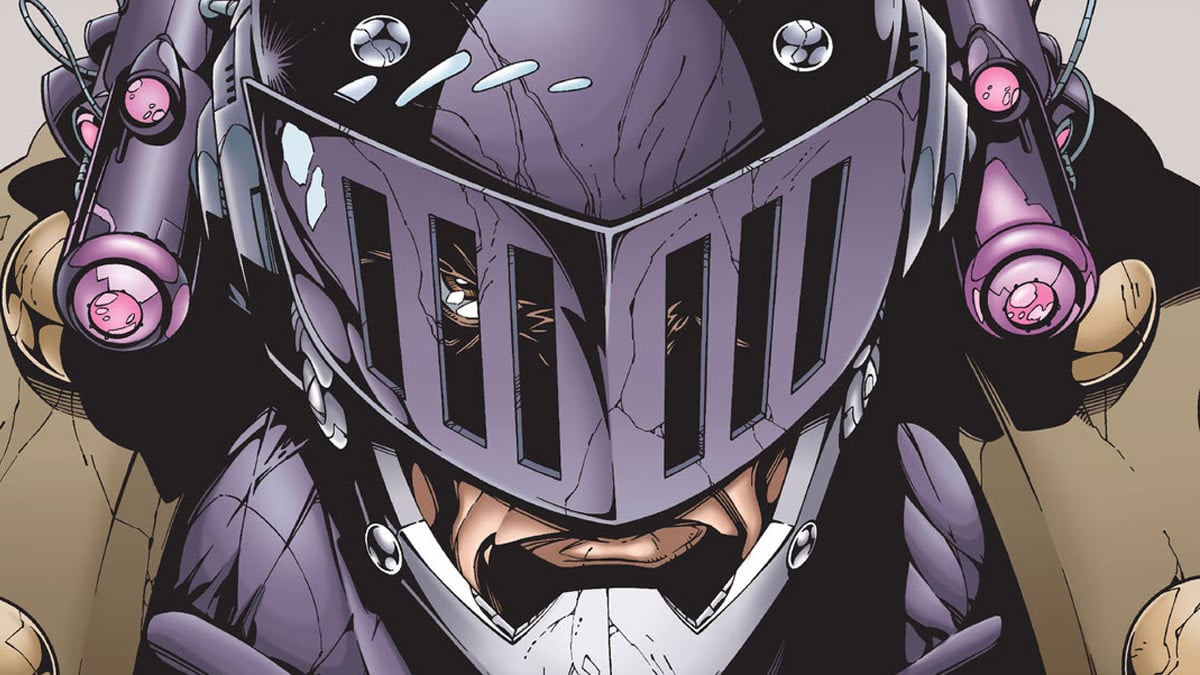
It’s tough to devise a hero that can take on DC’s premier superteam, the Justice League of America. Morrison refreshed old foes like Queen Bee and introduced some challenging new opponents like Prometheus. The name was taken from a metal-shelled ’80s villain but twisted to fit a new justice-hating white-haired prodigy.
A dark mirror of Batman, Prometheus used his inherited wealth to travel the world, gaining abilities that included pit fighting. In the Himalayas, he gained access to alien technology, and the Ghost Zone, where he built a crooked house prison. His medieval-looking cybernetic helmet downloaded information to his brain, and his masterstroke was to replace a competition winner to gain access to the JLA Watchtower. He nearly incapacitated the entire League, which is undoubtedly why Lex Luthor soon snapped him up for his Injustice Gang.

